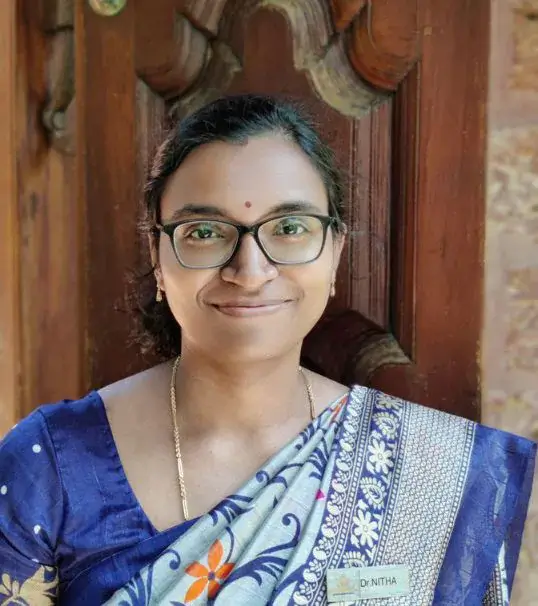


The ancient science of Ayurveda deals with every aspect of a human being’s life from birth to death. This science aims to preserve health by teaching us certain etiquettes to follow in our daily routine, seasonal routines, and also morals as social beings.
Ayurveda also advises on treatment methods to tackle diseases in their very early stages. Health issues are explained in classical texts in great detail, describing how to recognize them in their prodromal stages, understand the derangement of doshas/bioenergies (Vatha, Pitha, and Kapha) at the earliest, and prevent disease manifestation. It also outlines treatments after disease manifestation.
Talking about dosha derangement or imbalance brings the word “Vikruthy” into the spotlight. “Vikruthy” refers to the set of imbalances of the three doshas/bioenergies (Vatha, Pitha, and Kapha) that occur in our bodies, subsequently leading to diseases.
“Swabhavasya vaiparithyam, Vyadhy ”

In Ayurveda, Vikruthy is defined as an adverse state of normalcy, or disease. That is, when our body exhibits features opposite to a natural healthy condition, we should understand that the doshas are deranged and are in a state of Vikruthy. “Vikruthy” – the word can be explained as: “Vi – after; Kruthy – creation” which means, Vikruthy happens after creation.
On the contrary, the body constitution known as “Prakruthy” is pre-formed in a human being even before birth or it is predetermined. “Prakruthy”– the word can be explained as: “Prak – before; Kruthy – creation”. Thus, Prakruthy is the basic body nature that occurs naturally, whereas Vikruthy is the imbalance of doshas that can happen at any time in any stage of life due to external causative factors.
The aim of Ayurvedic treatment is to bring these deranged doshas back into balance, for which various treatment methodologies along with appropriate diet and regimen are advocated. At Park am See Ayurveda cure in Germany, our expert medical team primarily focuses on discovering Vikruthy during the first consultation by following the three classical methods of disease detection: that are